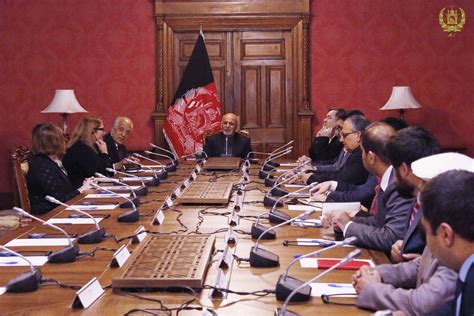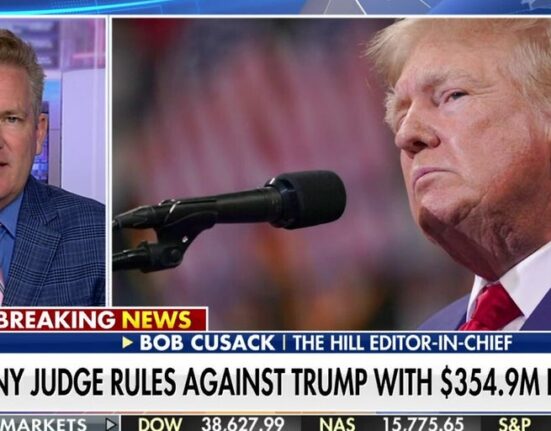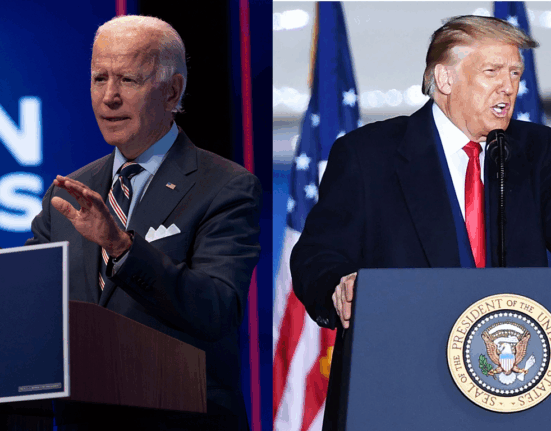Once upon a time, in a region bustling with one-fourth of the world’s population, there brewed an interesting tale of political maneuvers and hidden engagements. It was a story that captured the attention of many, as the United States quietly but significantly upped its involvement with the Taliban.
Imagine a scene beneath a clear blue sky where two men and two boys rode atop a vehicle, their faces painted with expressions of unknown intentions. Another figure, clad in traditional attire, strolled alongside the moving vehicle. The waving of black-and-white flags filled the air – symbols of power and control.
In this complex narrative, recent events unfolded like pages turning in a suspenseful novel. A U.S. citizen named George Glezmann was released from Taliban captivity after more than two years—a glimmer of hope in an otherwise murky relationship between old foes.
“The Unveiling: Key Developments”
As whispers spread through geopolitical corridors, it became known that U.S. officials had made a discreet visit to Kabul—the first since 2021. This unexpected move hinted at shifting tides and new strategies being set into motion.
Afghanistan itself echoed with announcements – bounties lifted on prominent Taliban figures linked to terror activities against American forces. The once shadowed dealings between Washington and the Taliban now stepped tentatively into the light, revealing glimpses of intricate negotiations underway.
Michael Kugelman, an expert voice amidst swirling speculations, highlighted how these recent engagements signaled a departure from previous administrations’ cautious stance towards dealing with the Taliban regime. Transactionalism emerged as the guiding principle—an exchange unfolding behind closed doors.
“Expert Insights: Reading Between the Lines”
Peering deeper into this unfolding drama were experts like Kugelman who shed light on nuanced motivations driving these newfound interactions between former adversaries turned reluctant partners.
The Trump administration’s pragmatic pivot towards engaging with Kabul’s political leadership rather than facing off against hard-line factions spoke volumes about calculated moves aimed at securing specific objectives without compromising broader policy stances.
It was akin to watching a delicate dance unfold on a global stage—one where each step held strategic significance for both parties involved. The careful choreography hinted at long-term goals obscured by short-term concessions—a balancing act of interests and ambitions playing out against Afghanistan’s rugged backdrop.
“A Glimpse Into Tomorrow: Strategic Maneuvers”
Through veils of uncertainty and diplomatic posturing emerged potential paths forward—ones paved with promises of prisoner swaps and dialogue frameworks hinting at future reconciliations between sworn enemies turned uneasy allies.
As echoes from Kabul reverberated across continents, other players like China sought to make their mark within Afghanistan’s shifting landscapes—investments beckoning amidst whispers of emerging alliances reshaping regional dynamics under watchful eyes from New Delhi to Tehran.
Amidst these whirlwinds lay tales waiting to be told—a tapestry woven not just from threads of diplomacy but also cultural nuances intertwining within narratives spanning nations and ideologies colliding on ancient grounds steeped in history yet ever-changing towards uncertain futures.









Leave feedback about this